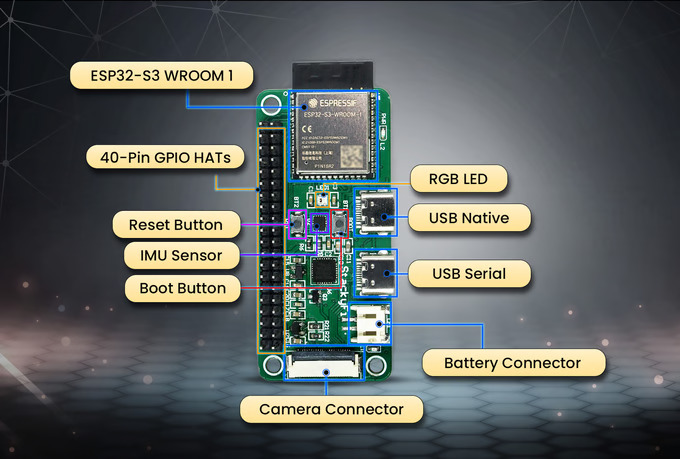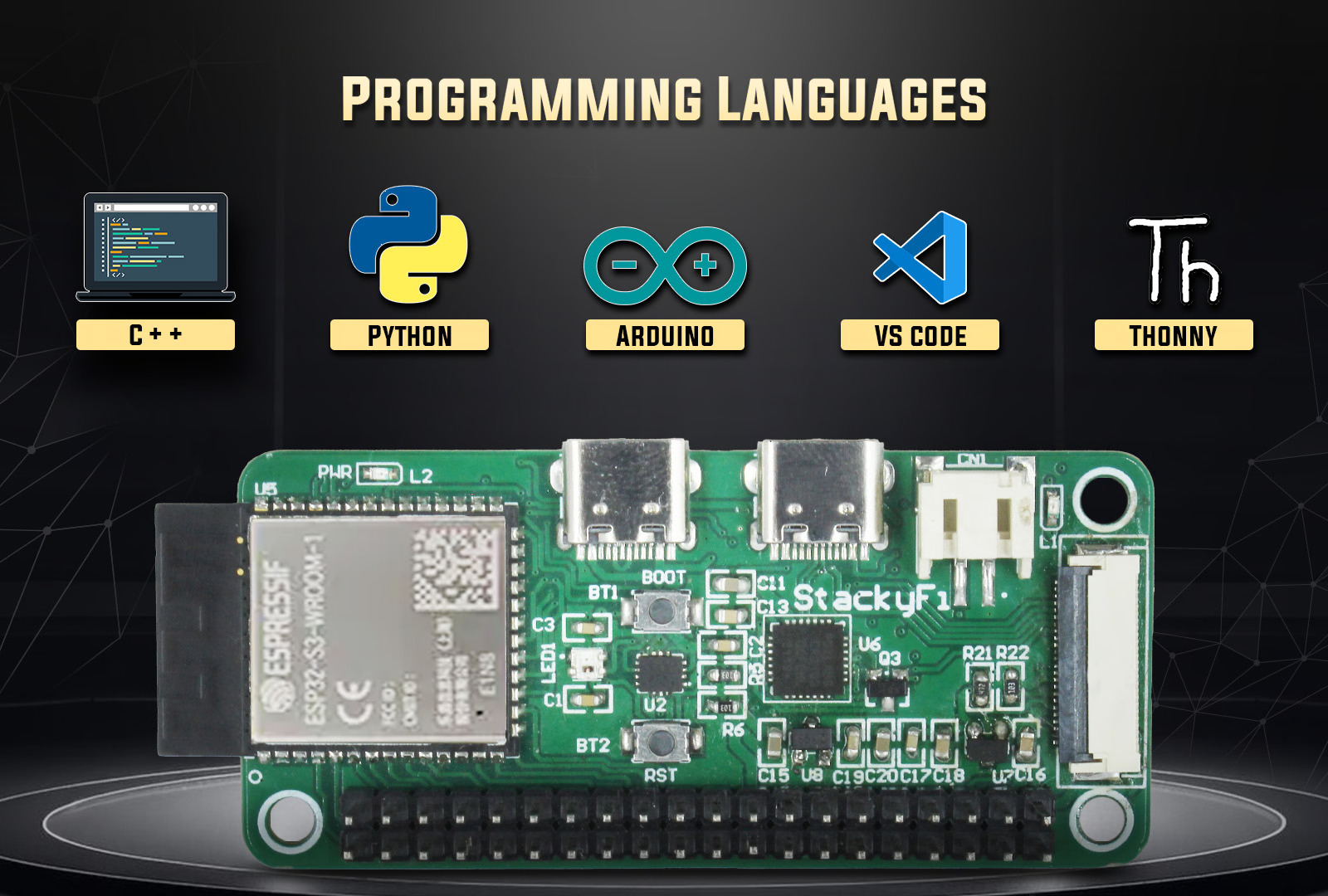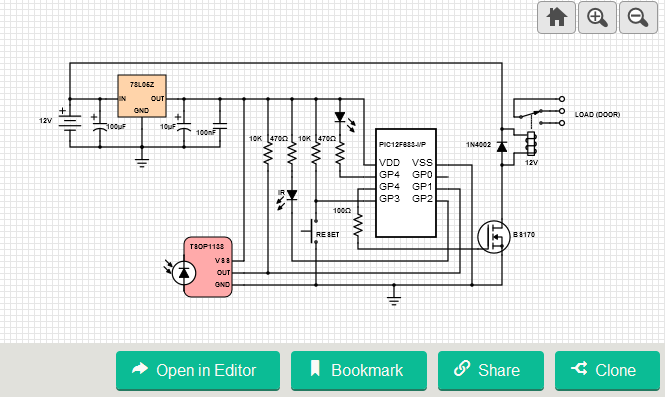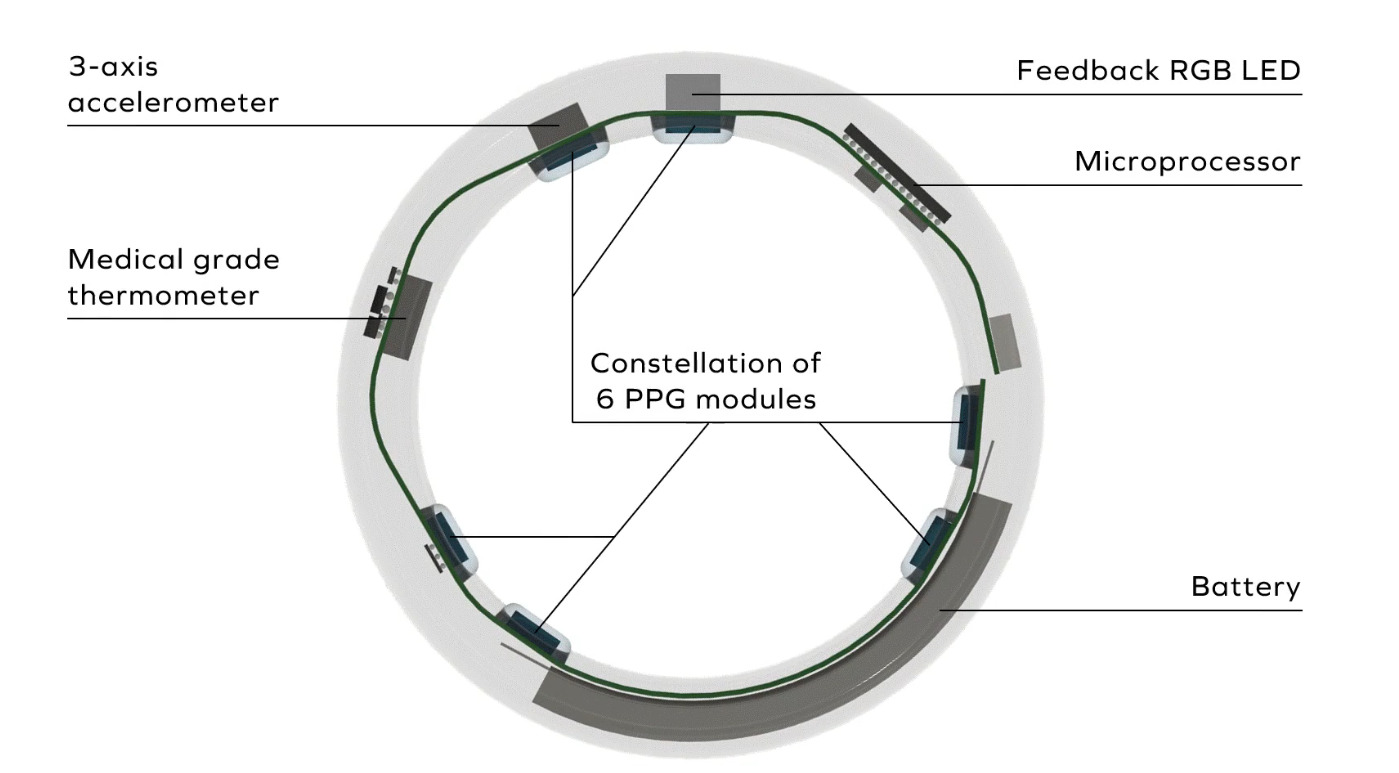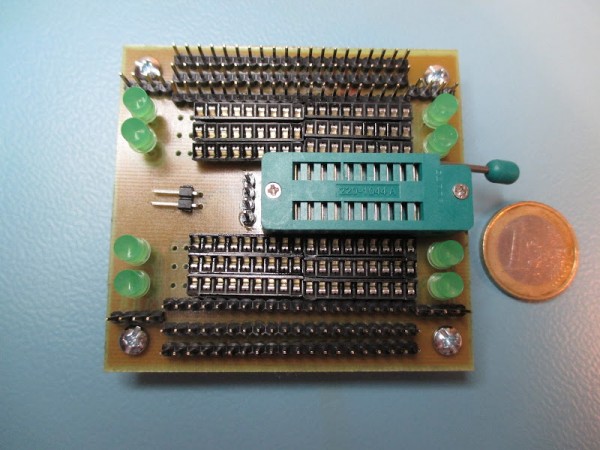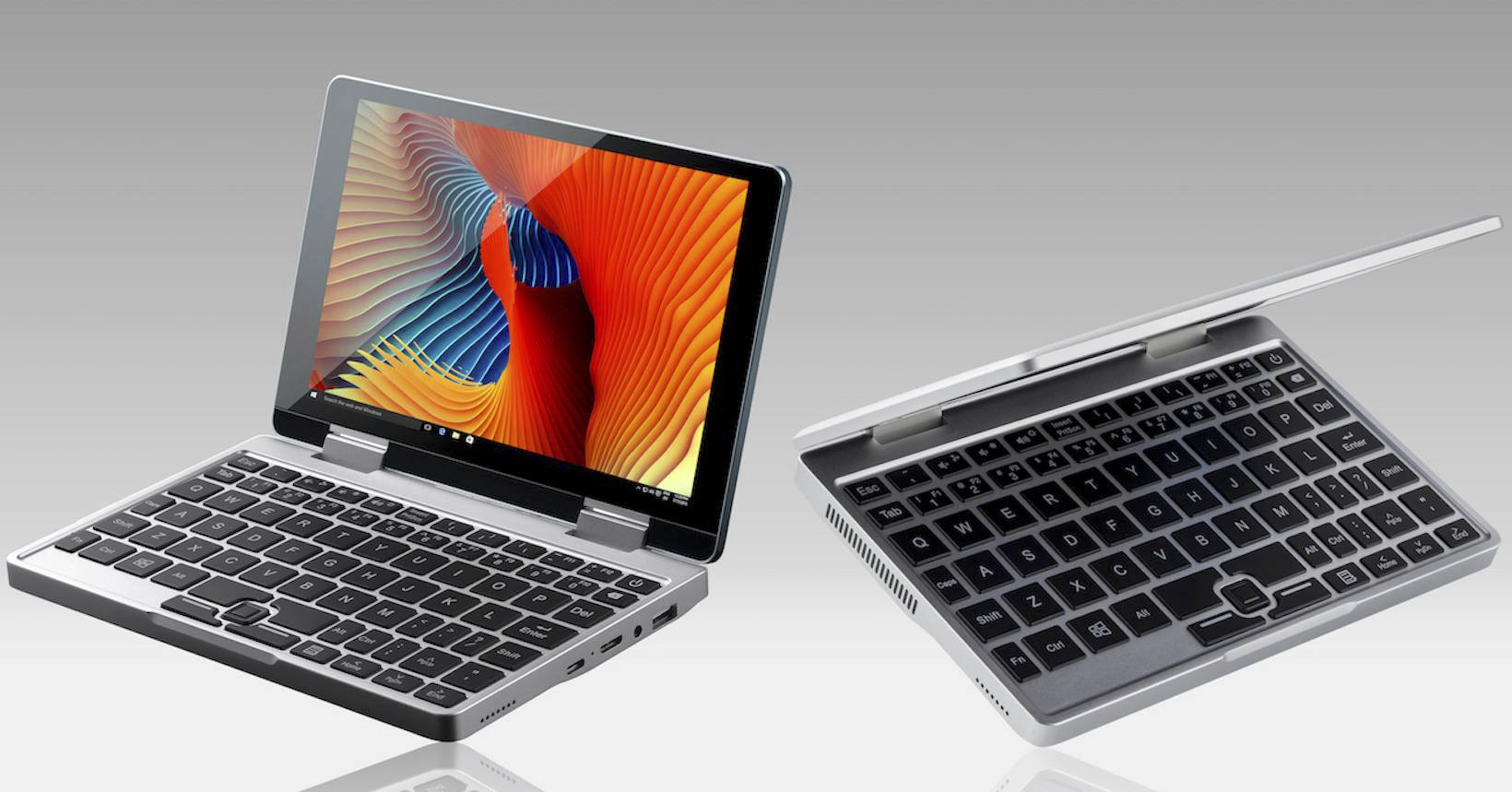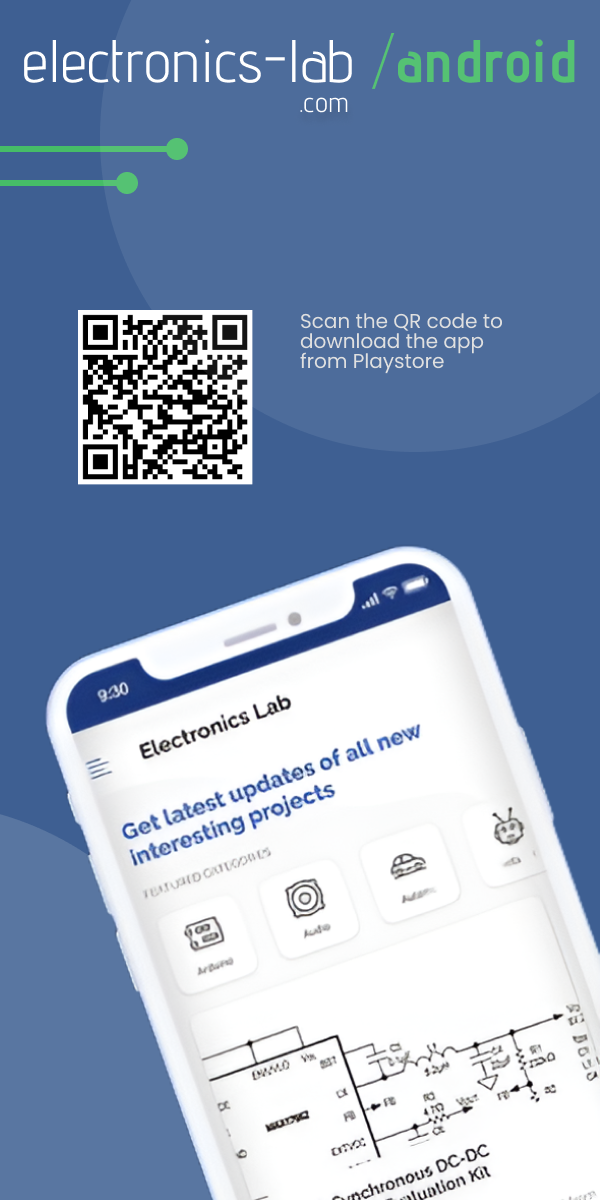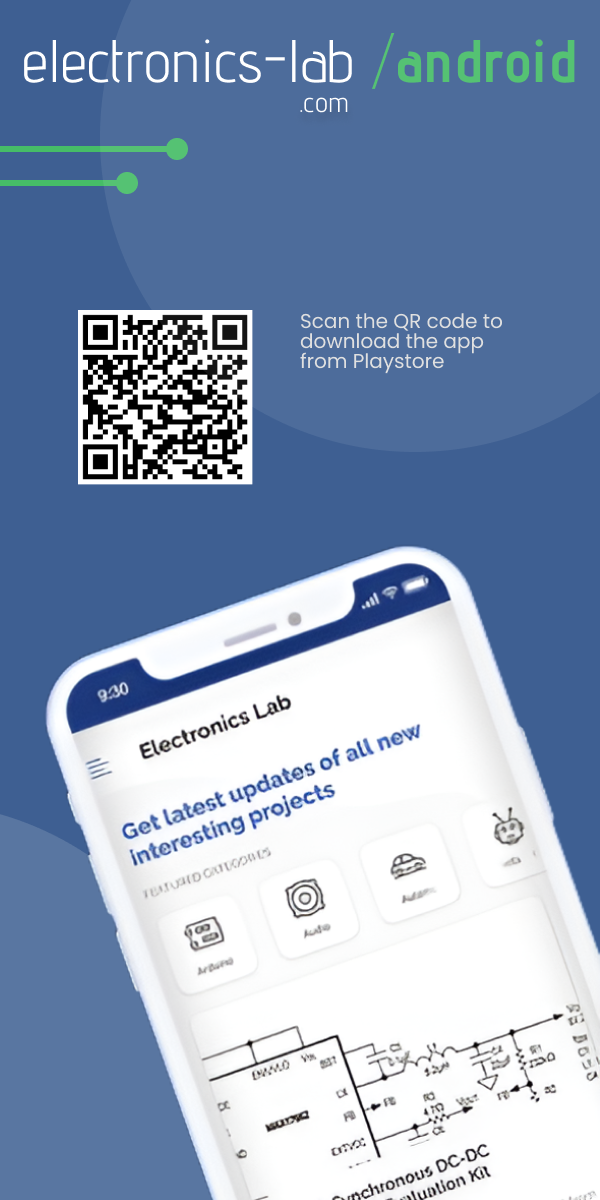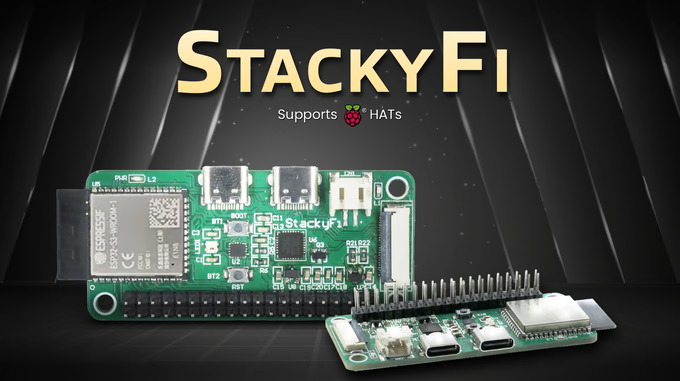
SB Components StackyFi A ESP32-S3 Board in Raspberry Pi Zero From Factor
SB Components StackyFi is an ESP32-S3 powered development board in a Raspberry Pi Zero Form Factor. The board features a 40-pin GPIO header which is compatible with most Raspberry Pi HAT. The board also has dual USB-C ports (one native, one for serial debugging), an IMU sensor, an RGB LED, and Boot/Reset buttons. The board also features a LiPo battery and can also be charged and powered through that USB. All these features make this device useful for smart homes, security systems, and much more.
Previously we have written many products around ESP32-S3 like LILYGO’s T3-S3 ESP32-S3, the LILYGO T3S3 E-Paper, the LILYGO T-Energy-S3 and many more feel free to check that out if you are looking for for ESP32 based products.
SB Components StackyFi Dev Board Specifications
- Processor: ESP32-S3 WROOM 1, dual-core 32-bit LX7 up to 240 MHz
- Memory:
- 384 KB ROM
- 512 KB SRAM
- Up to 16 MB Flash
- Up to 8 MB PSRAM
- Sensor: QMI8658C 6D MEMS IMU (accelerometer and gyroscope)
- Wireless Connectivity:
- 2.4 GHz Wi-Fi (802.11 b/g/n)
- Bluetooth® 5 (LE)
- Compatibility:
- Supports most Raspberry Pi HATs
- Mirrors Raspberry Pi pin functionality
- Interfaces:
- 40-pin GPIO header
- 2x USB Type-C ports (1x OTG, 1x serial)
- MicroSD card slot
- FPC connector for OV2640 camera module
- 2-pin LiPo battery connector
- Other Features:
- Programmable WS2812B RGB LED
- Boot and Reset buttons
- Programming:
- Arduino IDE
- MicroPython
- CircuitPython
- Power: 5V DC via USB or LiPo battery
- Dimensions: 65 x 30 mm (Raspberry Pi Zero form factor)
Video
SB Components claims the StackyFi board is open-source and supports Arduino IDE, MicroPython, and CircuitPython. However, when it comes to documentation there are many key aspects they are missing. The documentation lacks key technical details like memory capacity, and the company also provides schematics which are also very unclear. While they claim Raspberry Pi HAT compatibility, the company does not provide any evidence of that. More information is expected on GitHub after the crowdfunding campaign.






